Phonics recognition Normal Alphabet Worksheets for Ages 3-8
14 filtered results
-
From - To
Discover our Phonics Recognition Normal Alphabet Worksheets designed for children aged 3-8. These engaging worksheets provide a fun and interactive way for young learners to develop essential phonics skills. Each worksheet focuses on letter sounds, blending, and decoding letters, making learning language concepts enjoyable and effective. With colorful illustrations and age-appropriate activities, children will build their confidence in reading while improving phonemic awareness. Perfect for home or classroom learning, our resources support early literacy development, ensuring kids are well-prepared for their educational journey. Explore our extensive collection today and help your child discover the magic of reading with ease!


Letter K Sounds Worksheet
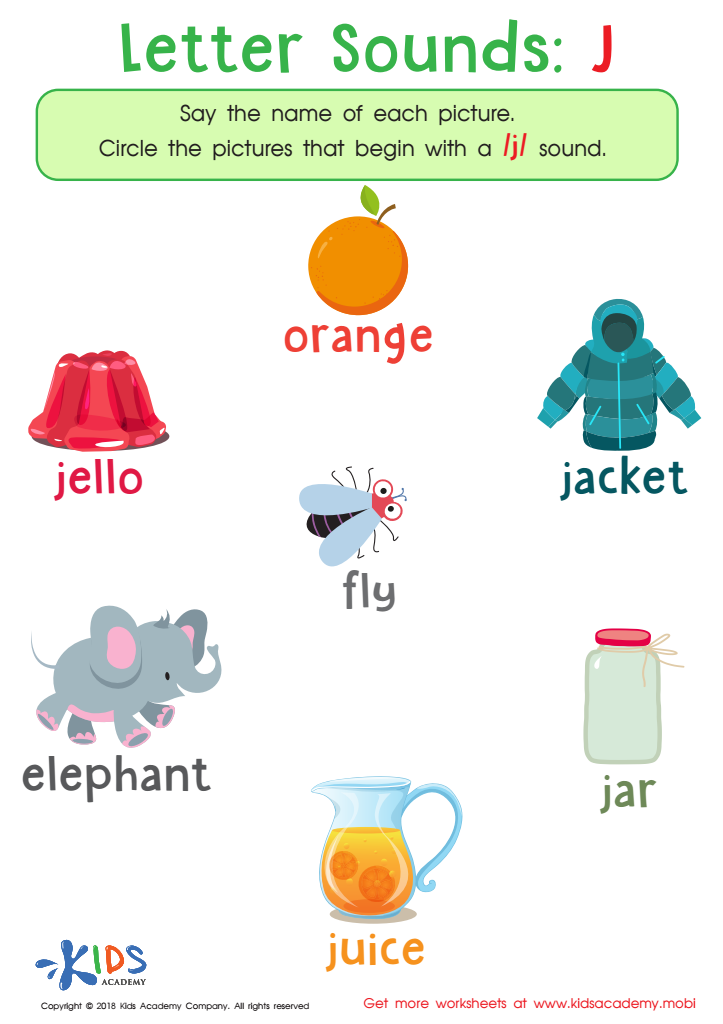

Letter Sounds: J Printable Worksheet
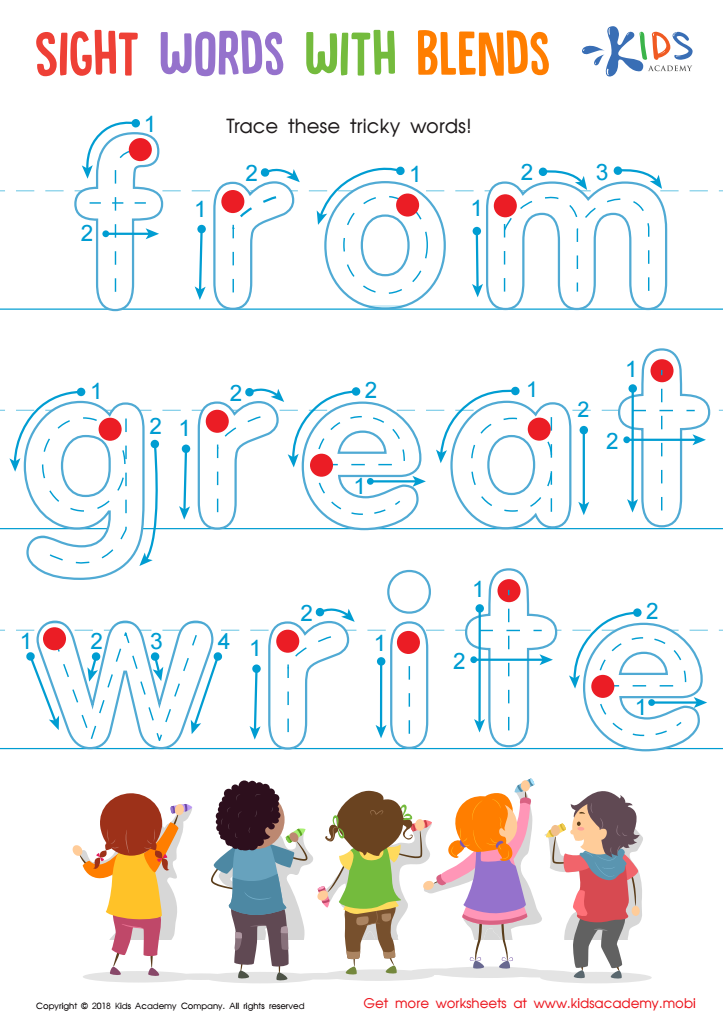

Sight Words with Blends Worksheet


Where Is the Digraph? Worksheet
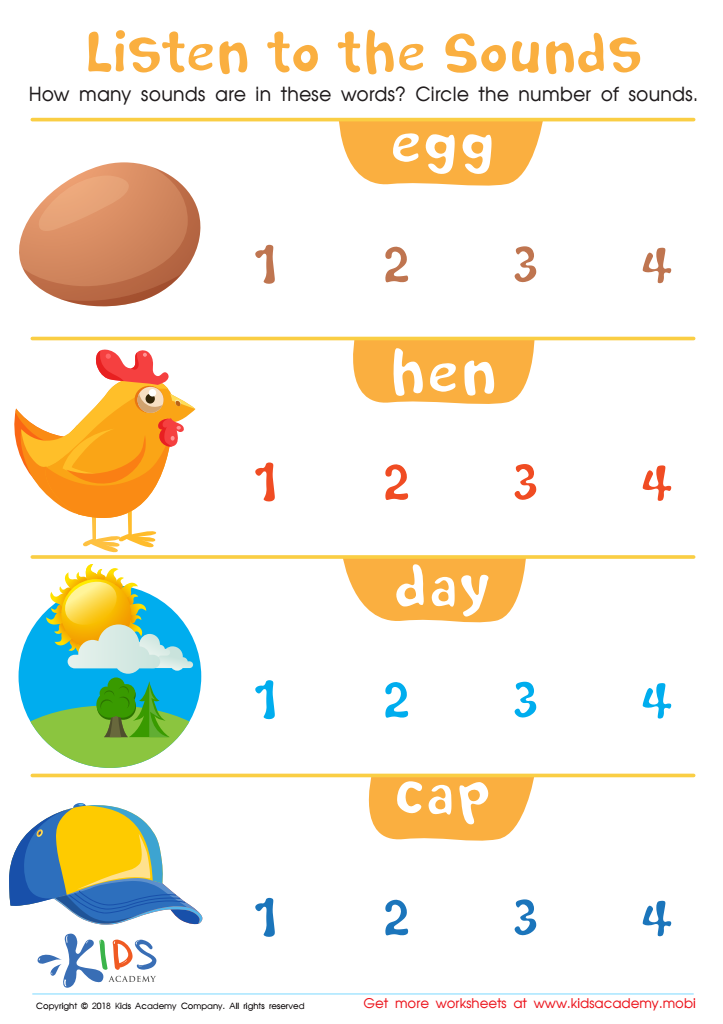

Listen to the Sounds Worksheet


Phonics and Word Recognition: Assessment 1 Worksheet
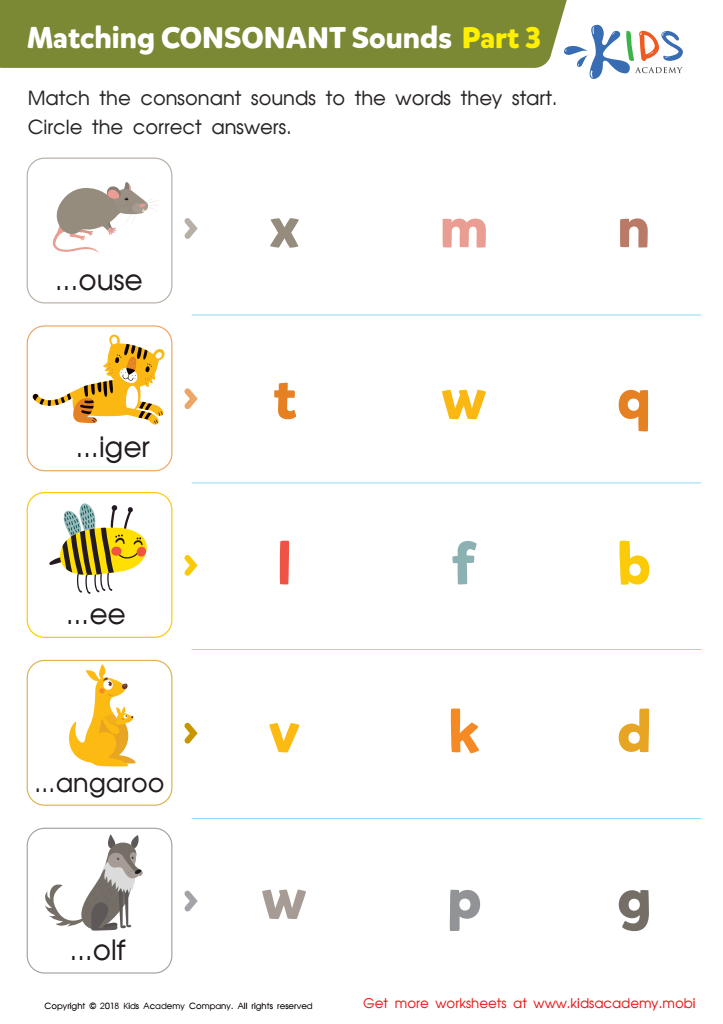

Matching Consonant Sounds: Part 3 Worksheet
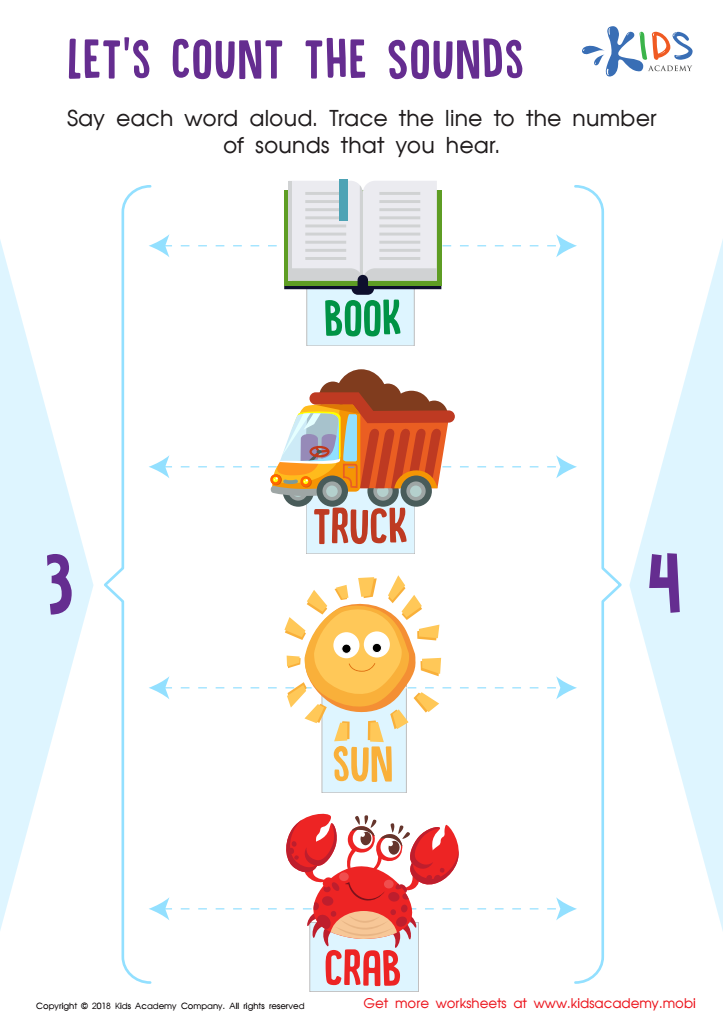

Let's Count the Sounds Worksheet
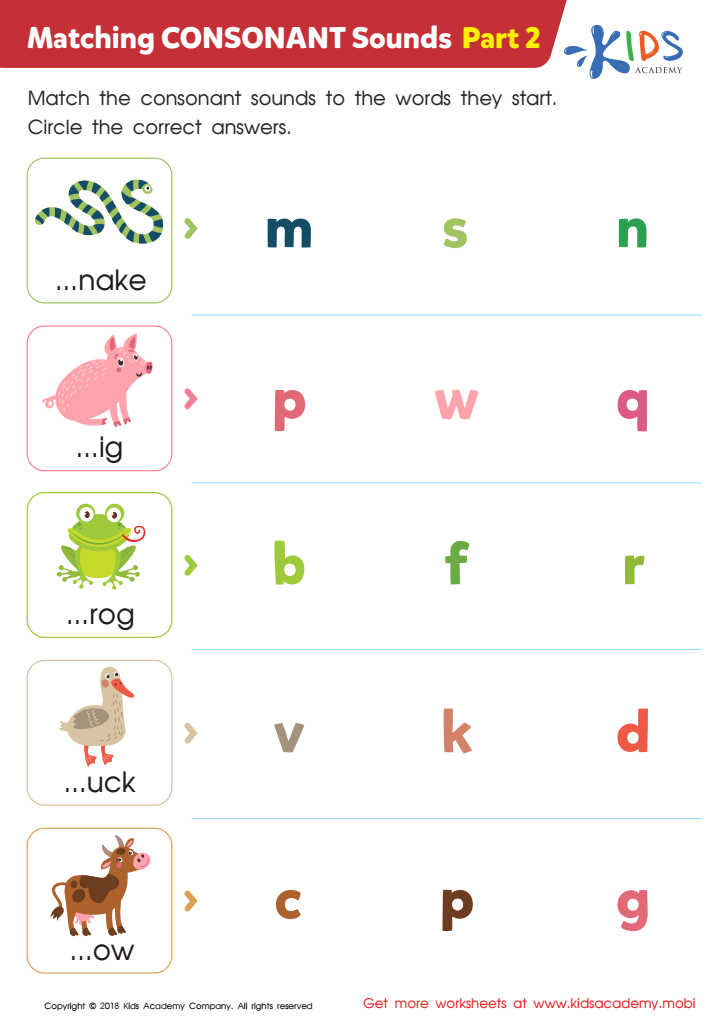

Matching Consonant Sounds: Part 2 Worksheet
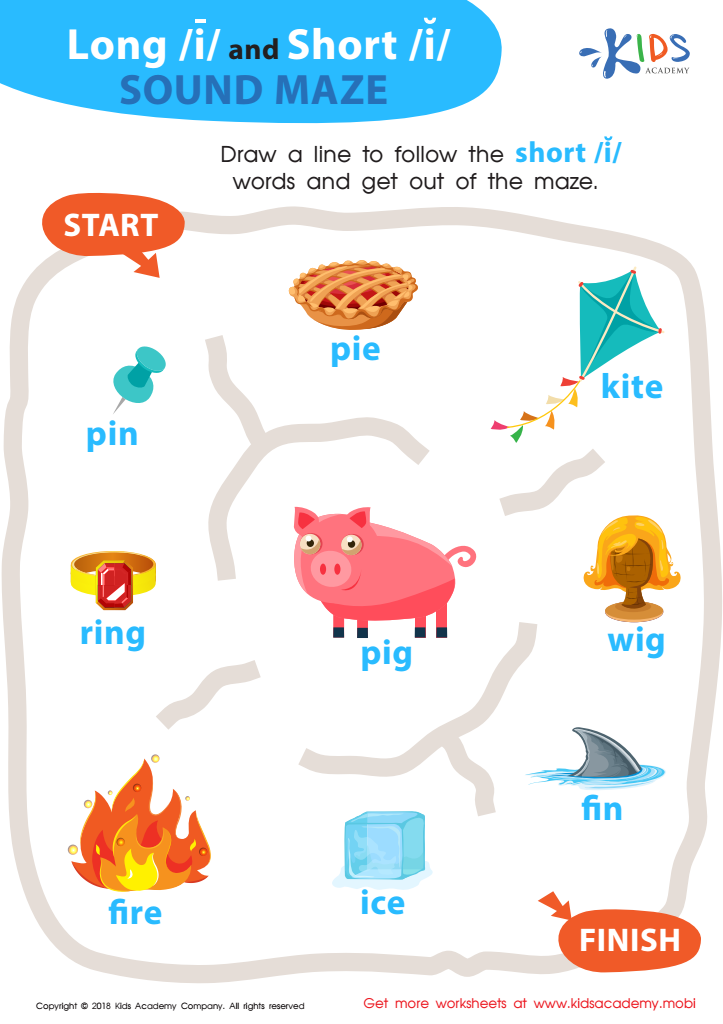

Reading: Long I and Short I Sound Maze Worksheet
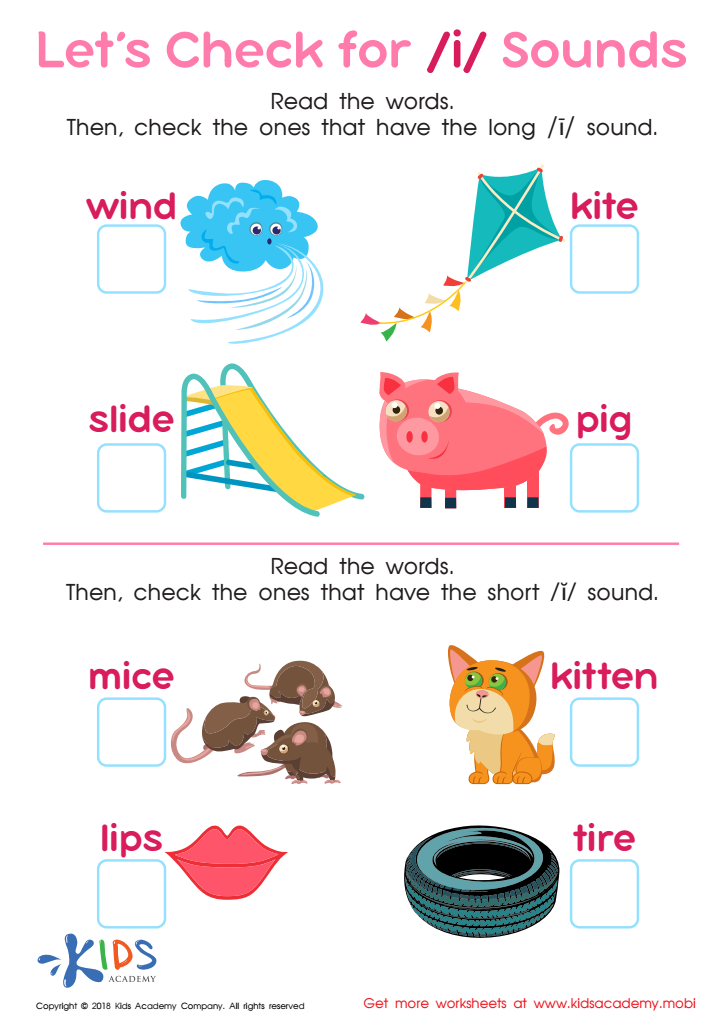

Let's Check for «i» Sounds Worksheet
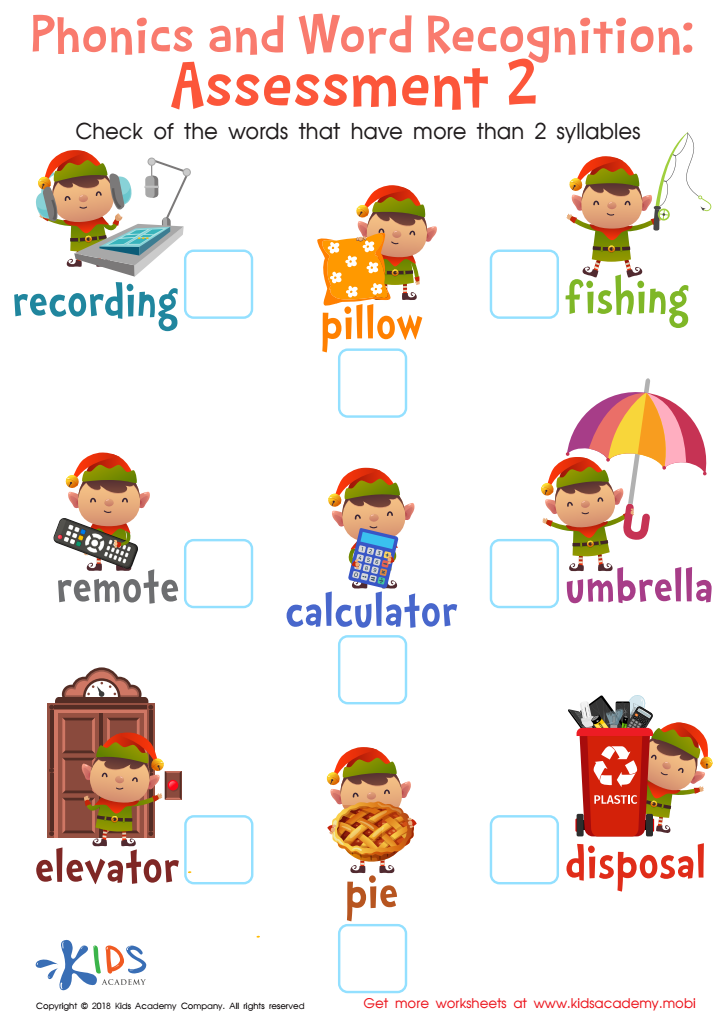

Phonics and Word Recognition: Assessment 2 Worksheet
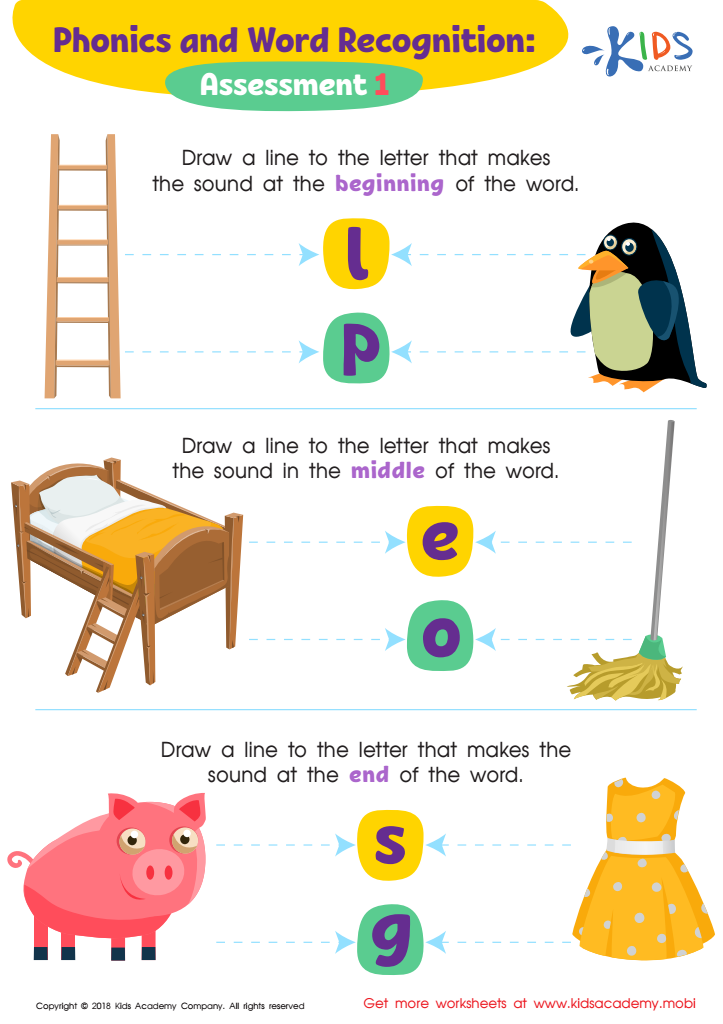

Phonics and Word Recognition: Assessment 1 ELA Worksheet
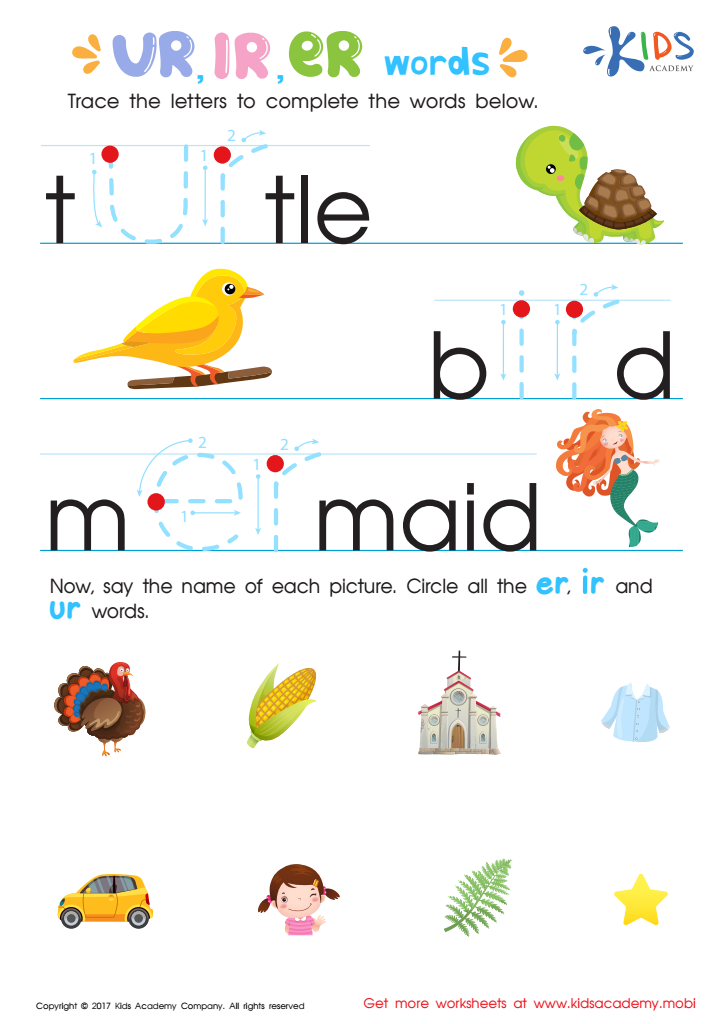

IR UR ER Words Worksheet
Phonics recognition, particularly with the normal alphabet, is crucial for children aged 3-8 as it lays the foundation for reading and writing skills. During these formative years, children are naturally developing their language abilities, and phonics helps them connect sounds with letters. This recognition fosters letter-sound awareness, essential for decoding words, which contributes to improved literacy.
When parents and teachers engage with phonics, they create an enriching environment that enhances children's auditory discrimination and phonemic awareness. These skills are instrumental in helping children learn to read and spell as they progress through school. Early mastery of phonics can also boost a child's confidence, making them more enthusiastic about learning.
Moreover, phonics recognition supports language development, critical for overall communication skills. It cements a voice for expressing thoughts and ideas effectively, preparing children for future academic pursuits. For teachers, incorporating phonics in their curriculum addresses diverse learning styles and needs, enabling personalized instruction.
Lastly, a solid phonics foundation has long-term benefits, reducing the risk of reading difficulties or literacy challenges later in life. By caring about phonics recognition, parents and teachers invest in a child’s critical academic future, empowering them with essential skills for success.
 Assign to My Students
Assign to My Students















